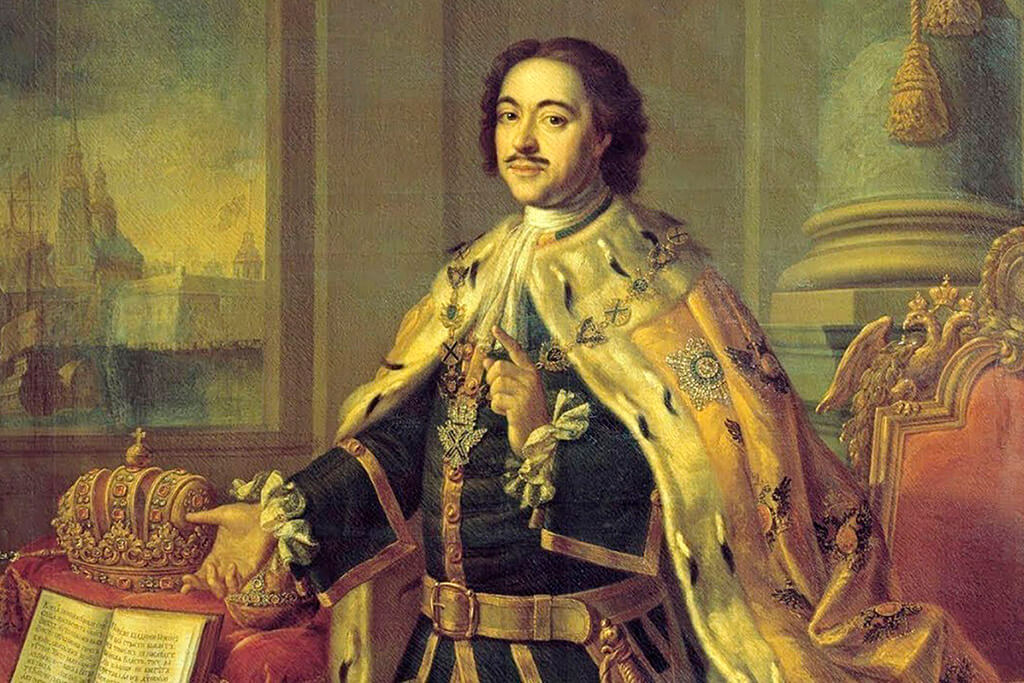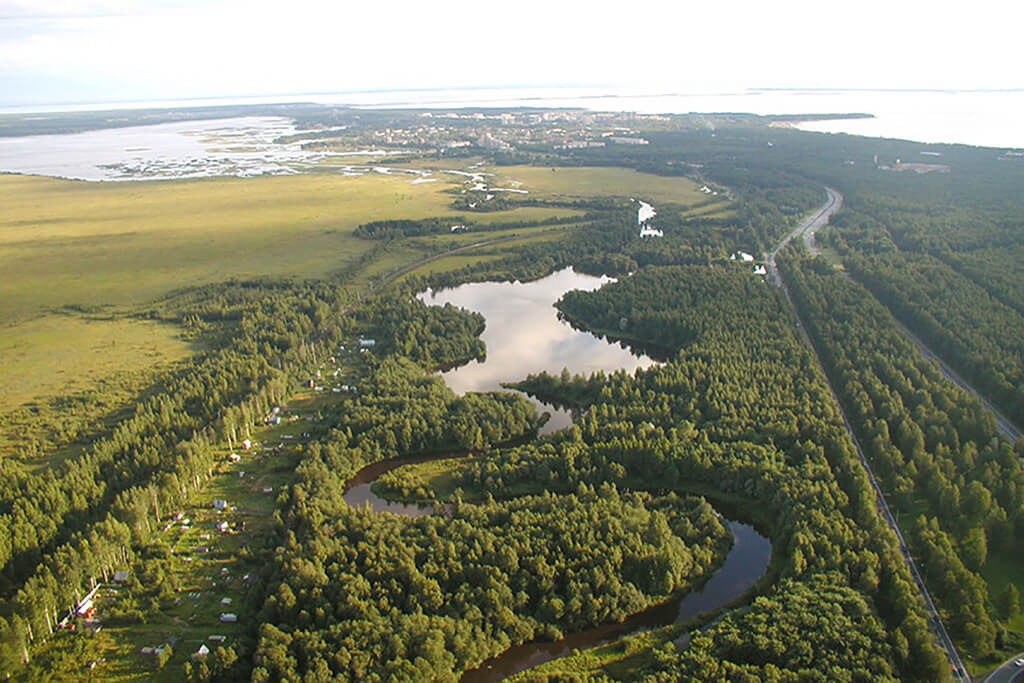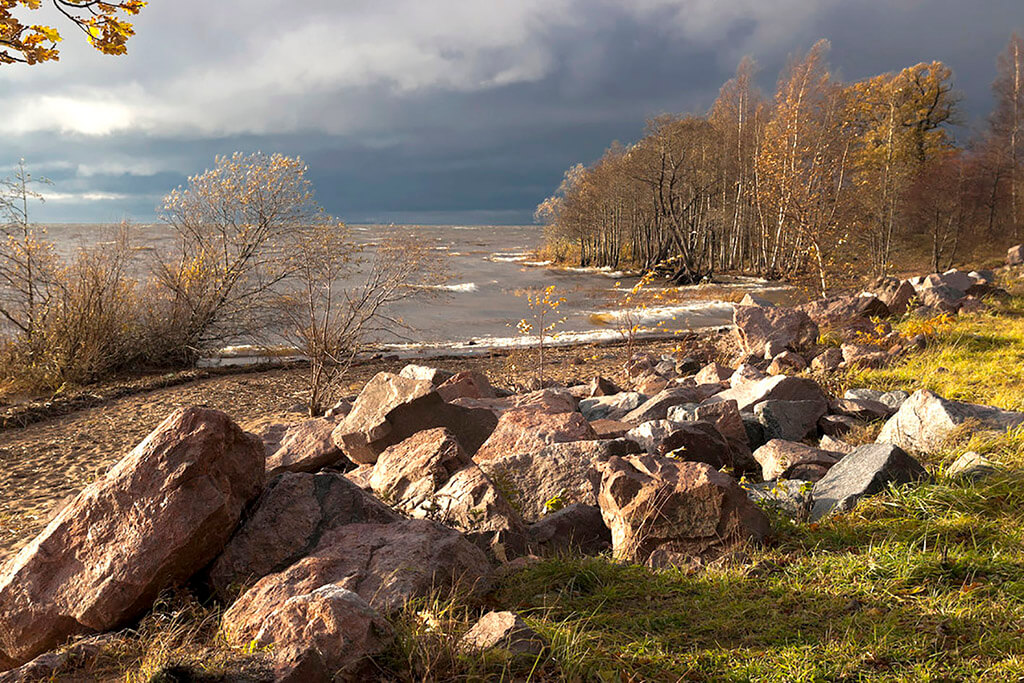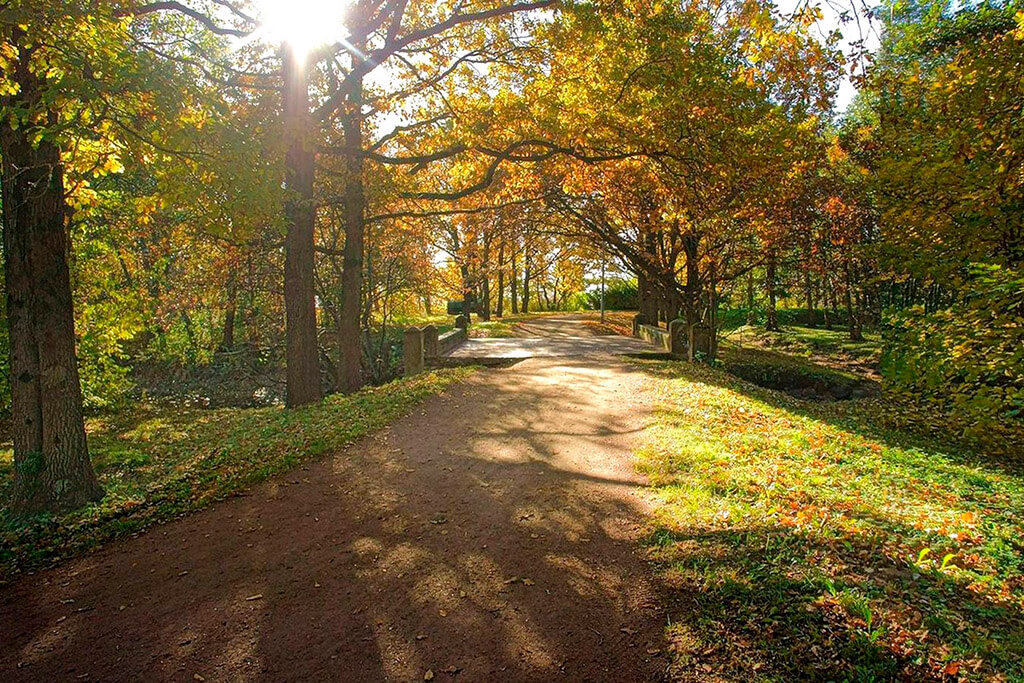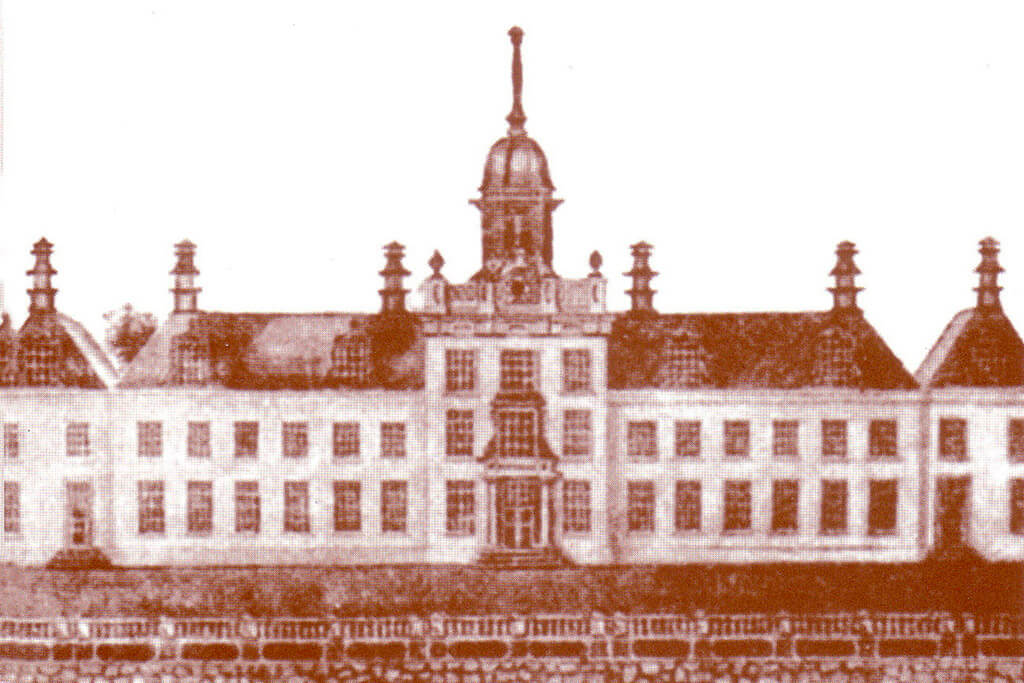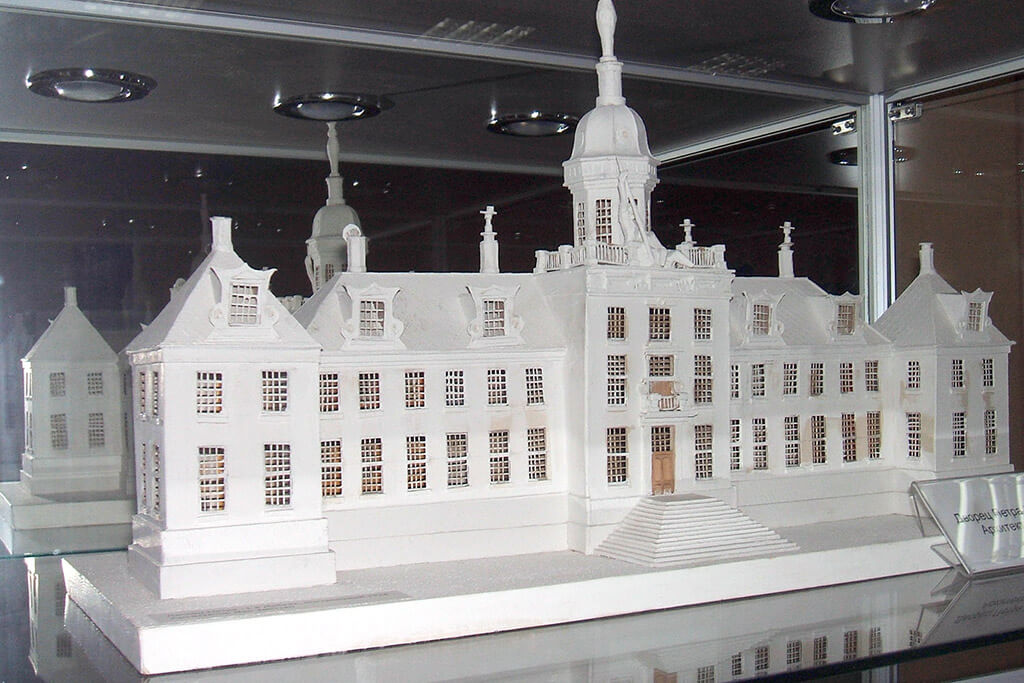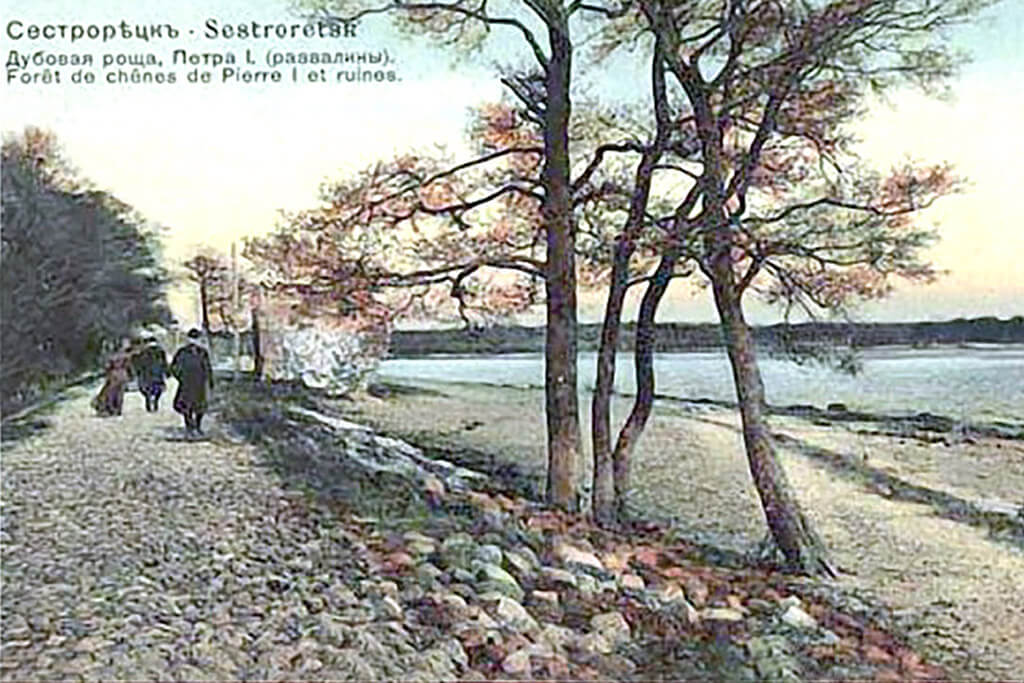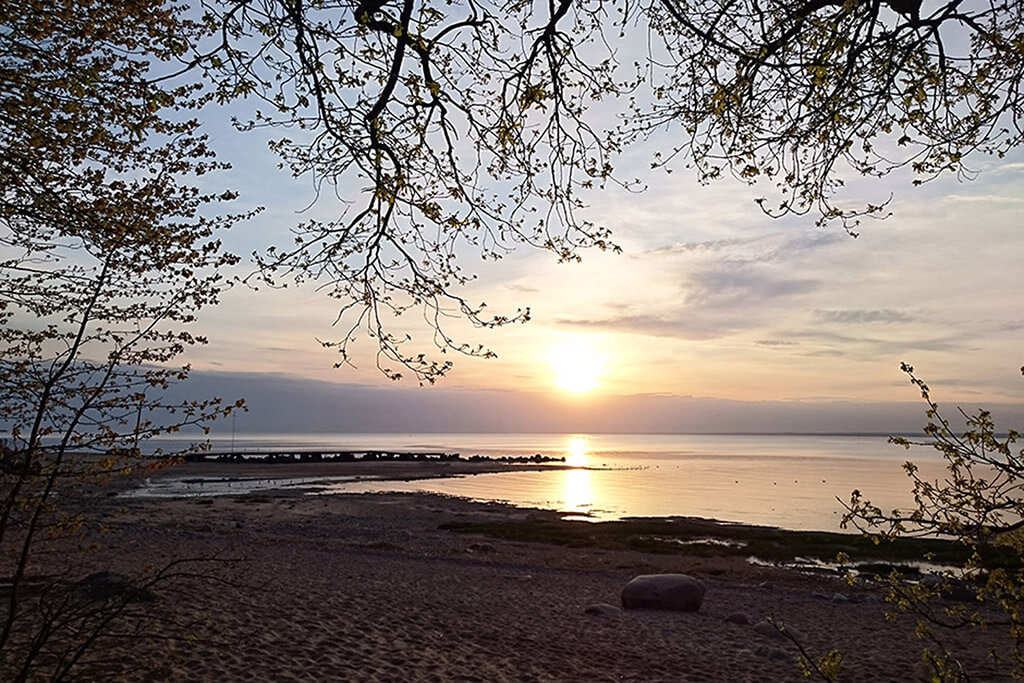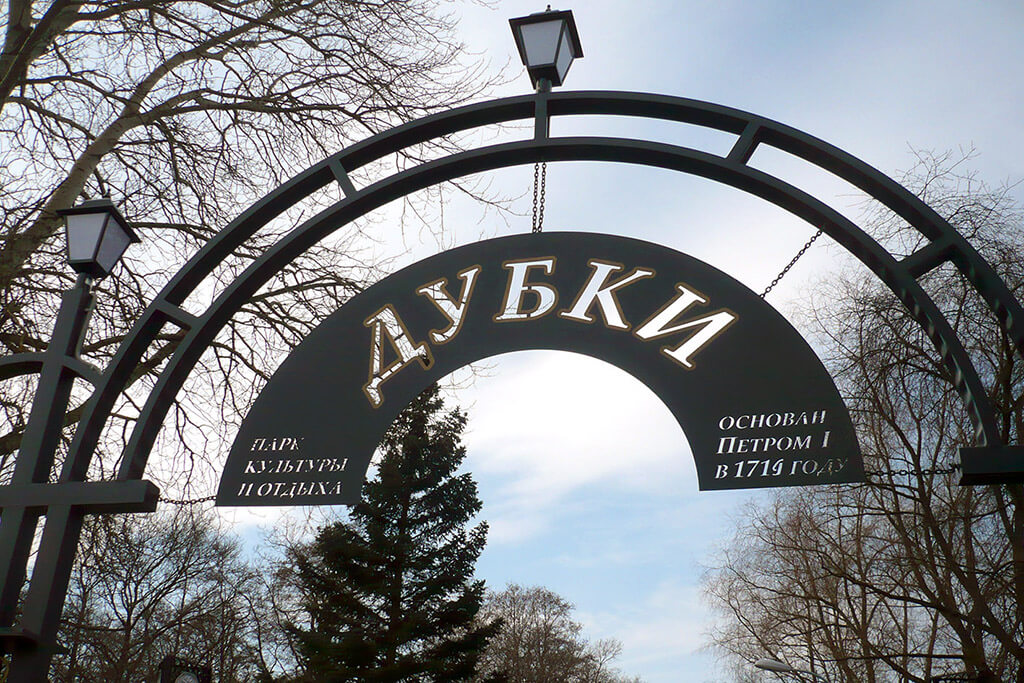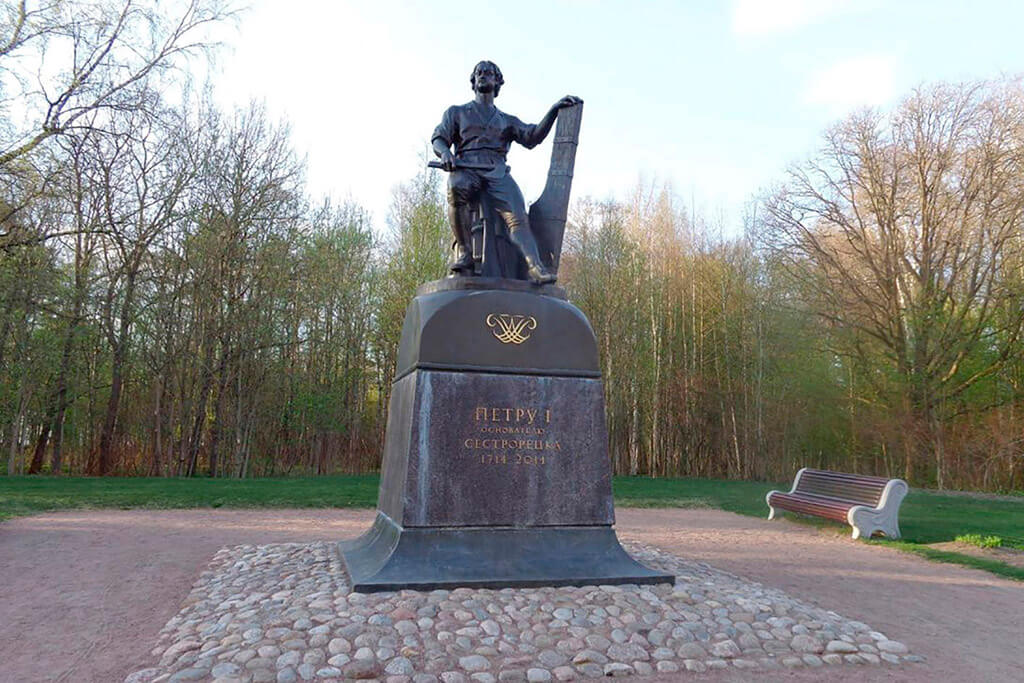The foundation
The history of these lands takes its roots in the depth of centuries. Ancient people lived on the Karelian Isthmus, in whose south-western part Sestroretsk is located, for many centuries. The archeologists constantly find the remains of the ancient settlements at all territory of the Karelian Isthmus, and near Sestroretsky Razliv Lake and Tarkhovskaya spit, in particularly.
By the time the Slavic tribes came to these lands more than thousand years before, they had been inhabited by the Finno-Ugric tribes. At the turn of the 11th century all the local tribes had been mixed. These tribes were conquered by Novgorodian State. The region was then called Vodskaya Pyatina — a territorial administrative subdivision of the Novgorodian land, named after the local tribe of Vod. But they were relevantly independent, being ruled by their own chiefs and stood for Novgorod as a special military formation at war periods.
The Karelian Isthmus and the Neva area were closely connected to the Baltic countries: Finland, Sweden, the Baltic lands, Poland, Germany and Denmark. These lands were well-known as the famous northern trade route of the Slavs “from the Varangians to the Greeks”.
The convenient location of the Vodskaya Pyatina attracted its northern neighbours. From the 13th to the 16th centuries Sweden repeatedly attempted to annex it. The struggle of two great states (Russia and Sweden) had been lasting for more than five centuries with unstable success. And the boundary, which divided the rivals, was the Sister-river.
At the beginning of September, 1323 Swedish king Magnus and the Novgorod lords signed the treaty about the “eternal” peace. This document confirmed the Sister-river as the border between the two states. It was the first written document, where the name of the Sister-river (Sestreya-river) was mentioned for the first time.
The foundation of Sestroretsk has been connected to the name of the first Russian Emperor Peter the Great. In 1703, when Saint-Petersburg was founded, the great battle between the Russian troops with Peter the First at the head and the Swedish army led by Kroniort took place at the Sister-river. But only after seven years the Tsar paid his attention to these lands and forced the team of officers to explore the Sister-river area. Later he decided to have a look at its wonderful surroundings himself.
On September 20, 1714, after visiting the lands on the northern shore of the Gulf of Finland, returned to Russia after the Gangut Victory, Peter the First was on the coast near the mouth of the Sister-river, there he drew attention to the Cape with an oak grove on it, and decided to build his summer residence here. Exactly the same day, the 20th of September, was recognized as the Foundation Day of the town of Sestroretsk.
In 1717 the Tsar had a little cottage built here and often used it during his journeys around. The same year the excavations and tree planting work were started. Peter ordered to lay out the park ensemble, which was called “the kitchen – garden” at that time. For this aim the fertile “black” soils were brought, as well as sets of trees and bushes. The local oak wood was quite big and rather old: there were 200-300 year-old oaks. But the tsar commanded to plant more than 2000 new sets. As the legend says, Peter planted many of these sets by himself. It is a wonder, but some of these giant oaks have been growing in the park since Peter’s time.
By 1724 the layout of the Dutch park had been fully completed. There were kitchen–gardens, greenhouses, ponds and flower beds. A lot of beautiful trees such as horse – chestnuts, apple trees, sycamores, pear trees and cherry trees, brought from Sweden, were planted. The park was decorated with square flower beds, in whose centers there were different sculptures, surrounded by little trees. The main canals of the park were 6 meters wide and were suitable for boats of medium size. There were no bridges at all. Peter the First liked using only river and sea transport.
The construction of the Dubkovsky Palace, projected by Dutch architect Van Zwitten had also been completed by August 1724. At first, Peter the Great supposed to construct the gorgeous park with numerous fountains, which could look like the ones in Peterhof, in his new residence.
According to this aim, architect Benedict Beer started setting up the dike and the earth dam at the Sister-river which provided formation of the world’s first man-made lake — Sestroretsky Razliv with an area of 12 square kilometers.
Peter the First was keen on his new residence. It was the place he left on the 5th of November, 1724, when he started his last fatal journey. The Tsar saw drowning soldiers during the storm and rushed to save them. He jumped into the icy water give them a hand. After that he fell down with the flu, became seriously ill and couldn’t recover from the illness. Unfortunately, he died of the pneumonia on the 28th of January, 1725. After his death the palace in “Little oaks” was eventually abandoned and in 1781 it was demolished. The palace bricks were used for the construction of St. Peter and St. Paul’s church in the center of Sestroretsk.
But in 1721 the tsar changed his mind and the park with fountains was abandoned as a dream. Instead of this, the dike supposed to be used for more practical aims. The Russian tsar prepared the place for molding anchors, making guns, rifles and other iron items.

